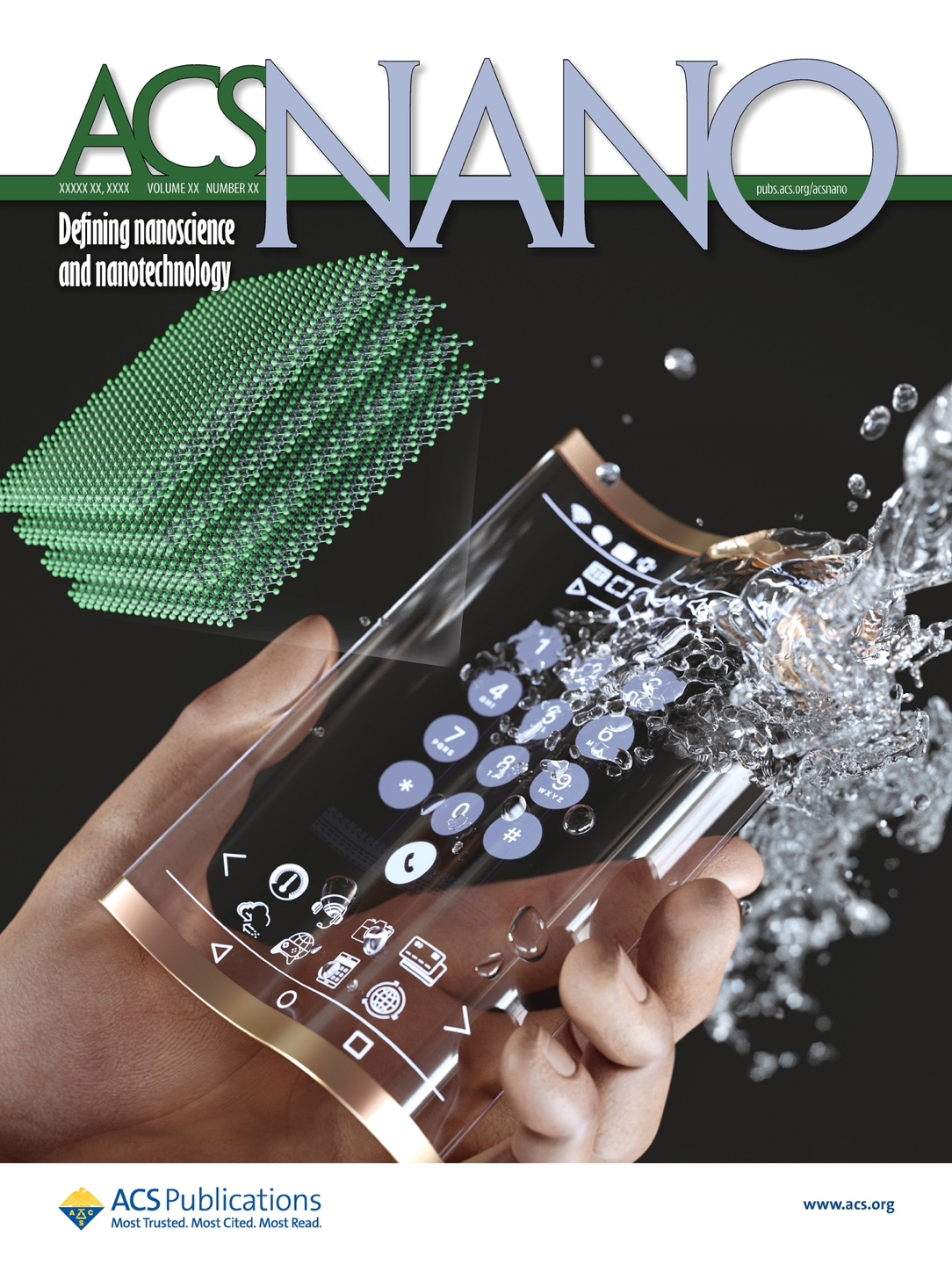Researchers develop waterproof, transparent, flexible OLED
KAIST professor underlines importance of developing new technology to widen gap with China
By Kan Hyeong-wooPublished : June 28, 2023 - 15:44

Korean researchers have developed an organic light-emitting diode display that can emit light while showing the background under water by utilizing MXene nanotechnology, Korea Advanced Institute of Science and Technology said Wednesday. MXenes indicate a class of two-dimensional inorganic compounds comprising transition metal carbides, nitrides or carbonitrides.
“We expect this study to not only serve as a guideline for MXene’s application in various electronic devices, but also be used in many other areas that require transparent, flexible displays, such as displays for vehicles, fashion and functional clothing,” said Choi Kyung-cheol, the electrical engineering professor who led the KAIST research team for the study.
Although MXenes are considered promising materials as electrodes that can be used for manufacturing next-generation displays thanks to their high transparency, electrical conductivity and flexibility, the usage of MXenes in electronic devices has been limited because they can easily lose their electronic characteristics when exposed to moisture in the air or water.
To overcome the challenge of current MXene-based devices that have insufficient air stability, the researchers combined high-performance MXene electrodes, flexible OLEDs and ultrathin encapsulation layers as well as microthin plastic films to put together a stable OLED display that can endure moisture and water.
The researchers succeeded in developing MXene-based OLEDs for all three primary colors of a digital display screen -- red, green and blue -- with over 1,000 candelas per square meter, meaning they could be seen through the naked eye in an outside setting with sunlight.
According to the researchers, the red- MXene-based OLED could operate for about 1,500 hours in the air while keeping 60 percent luminance and upholding flexibility over 1,000 times of bending deformation at a 1.5 millimeters radius. It could also maintain 80 percent luminance for six hours under the water. The researchers demonstrated transparent display models that express letters and marks by using patterning technology.
“In order to widen the gap with China’s OLED technology, we need to continue developing such new OLED-integrated technology,” said Choi.
According to the Korea Display Industry Association’s report, Korea led the global OLED market with an 81.3 percent share, while China came in second with a 17.9 percent share in 2022. However, China topped the overall display market with a 42.5 percent share, followed by Korea at 36.9 percent.
The research was jointly carried out between the KAIST team and a group of researchers at the National NanoFab Center. The study made the front cover of ACS Nano, an international peer-reviewed journal, on June 13 after it was published on the scientific journal’s website in April.



















![[Today’s K-pop] Treasure to publish magazine for debut anniversary](http://res.heraldm.com/phpwas/restmb_idxmake.php?idx=642&simg=/content/image/2024/07/26/20240726050551_0.jpg&u=)